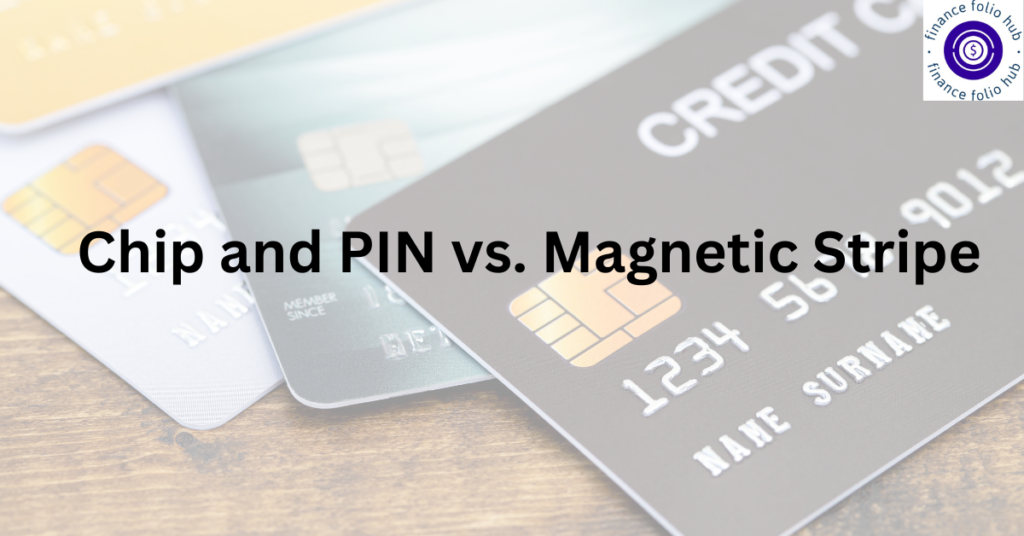In today’s digital age, safeguarding your financial information is paramount. When it comes to credit cards, two primary technologies dominate the security landscape: chip and PIN and magnetic stripe. Understanding the differences between these two systems is crucial for protecting yourself from fraud.
Magnetic Stripe Technology:
Magnetic stripe cards, the familiar swipe cards, have been around for decades. They contain a magnetic data strip on the back that stores your card number, expiration date, and service code. When you swipe the card at a terminal, a reader retrieves this information and transmits it to the issuing bank for authorization.
Here’s a breakdown of the vulnerabilities of magnetic stripe technology:
- Skimming: Fraudsters can use skimming devices attached to ATMs or card readers to steal the data stored on the magnetic stripe. These devices can be difficult to detect and can capture your card information in a matter of seconds.
- Data Cloning: Once a thief acquires your card data, they can create a counterfeit card by encoding the stolen information onto a blank magnetic stripe. This allows them to make fraudulent purchases.
- Data Breach: If a merchant’s system is compromised, the magnetic stripe data on cards used at that terminal could be stolen in a data breach.
Chip and PIN Technology:
Chip and PIN, also known as EMV, is a more secure alternative to magnetic stripes. Chip cards contain a tiny embedded microchip that stores your card information in a more secure format.

Here’s how chip and PIN technology enhances security:
- Dynamic Data: Unlike the static data on a magnetic stripe, chip cards generate a unique cryptographic code for each transaction. This code is useless to fraudsters even if they manage to steal it.
- PIN Verification: Chip and PIN systems require you to enter a Personal Identification Number (PIN) to authorize a transaction. This adds an extra layer of security compared to simply swiping your card.
- Tamper Detection: Chip cards are designed to detect tampering attempts. If a fraudulent attempt is made, the transaction will be rejected.
The Advantages of Chip and PIN:
- Reduced Risk of Fraud: Chip and PIN technology significantly reduces the risk of skimming and data cloning compared to magnetic stripe cards.
- Global Standard: EMV is a globally recognized standard, making chip and PIN cards widely accepted for international transactions.
- Enhanced Security Features: Chip cards often incorporate additional security features like tamper detection and cardholder verification methods.
The Future of Credit Card Security:
The shift towards chip and PIN technology has significantly reduced credit card fraud. However, advancements in technology necessitate continuous improvement in security measures. Emerging technologies like contactless payments and tokenization are paving the way for even more secure ways to manage your finances.
By understanding the differences between chip and PIN and magnetic stripe technologies, you can make informed decisions about your credit card security. Opting for chip and PIN cards and maintaining responsible credit card usage habits will significantly reduce your risk of fraud.


